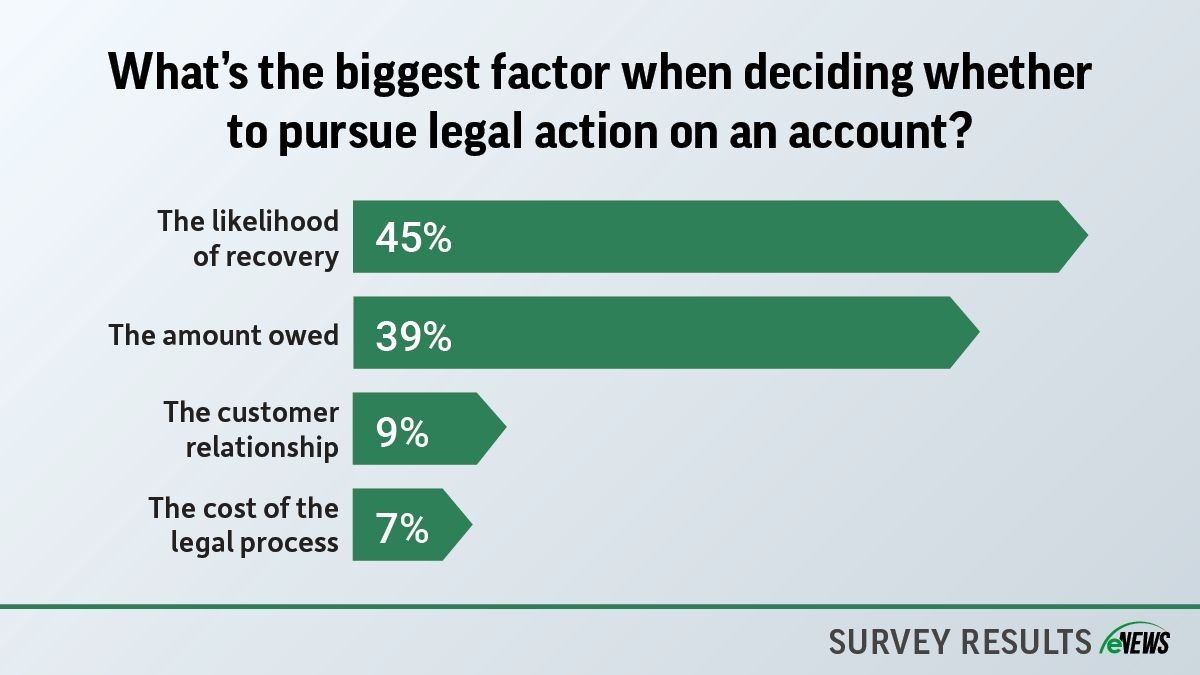Construction, eNews
🚧 Risk transfer explained

During NACM’s Credit Congress in Las Vegas, a panel of experts spoke of “risk transfer” associated with construction documents such as purchase orders, waivers, joint check agreements and more.
Why it matters: Effectively managing risk transfer in construction documents can significantly reduce your financial liability and prevent unexpected losses.
For instance, if a contract lacks pay-if-paid or pay-when-paid provisions but a subsequent purchase order, change order or waiver includes them, signing these documents without removing or amending the clauses subjects you to those terms. This shifts the risk to you.
Yes, but: There are proven proactive strategies to counter risk transfer. Here are a few recommended by credit experts:
#1 Review your credit file
The initial step in commencing a construction project is to conduct a thorough review of your credit file. Do you have a credit application, credit agreement or Master Supply Agreement with this customer? “When you are dealing with a customer, especially insolvent ones, you must know what the contractual rights, duties and obligations of each party are,” Christopher Ng, Esq., managing partner at Gibbs Giden Locher Turner Senet & Wittbrodt LLP (Westlake Village, CA), said during the Credit Congress session, Shielding Your Bottom Line: Mastering Risk Transfer in Construction Documents. “The contract details actions for customer insolvency, including the right to adjust credit lines and exchange deliveries. It’s important to understand and have a good credit agreement in place.”
#2 Update credit agreements regularly
Credit professionals should periodically review and update credit agreements to avoid transfer risk. “Every few years, look out for any new legislation or changes needed to be made in your credit agreements to make sure they are enforceable,” Ng said. “Continue learning by looking at LinkedIn blogs or posts regarding laws that affect your customers and jurisdictions that you do business in.”
You can amend a contract with an email. “As long as all parties agree to it and it has been sent out and accepted, you can use an email to make an addendum or change the terms of your contract, so be aware of that,” said Ty Knox, ICCE, director of credit and risk at EFCO Corp. (Des Moines, IA). “Be aware, numerous changes could immediately put us in breach once we proceed.”
#3 Seek legal counsel
Consult legal counsel before making changes or addressing new legislation. They can review, confirm and guide you in amending your credit agreements. “When you see an alert for new legislation, follow up with your legal counsel and ask them what you should do in reaction to the new case,” said Ng.
#4 Confirm customer identity and activity status
Confirming customer identity and activity status ensures accurate accountability in credit agreements. Make sure that the customer who signed the credit agreement is the same customer that has defaulted.
Yes, but: Oftentimes the original signee may be a customer that is no longer active. “One trigger warning is if you receive a payment from a new customer,” Ng said. “If that’s the case, we may have to get a new credit agreement signed so that the new entity can be bound by the credit agreement.”
#5 Communicate with other departments
Depending on your company, other departments will participate in the credit agreement process and impact risk transfer. Oftentimes it is the sales department that signs off on credit agreements. “If your sales team is changing the terms and conditions, they might change the manner in which you have to go about getting a recovery when something bad happens,” Knox said. “We merged our contract department with our credit and collections department because they’re so intertwined. They need to communicate to understand and honor the agreement.”
#6 Be consistent with T&Cs
Ensure that every contract or credit agreement follows the same terms and conditions. If not, agreements can inadvertently heighten risk transfer. Sam Smith, senior corporate and collections manager at Crescent Electric Supply (Hazel Green, WI), ensures that every promissory note includes a statement that the company’s terms and conditions of sale govern the order and agreement.
- “When negotiating our terms and conditions, as common courtesy, we provide a PDF copy in a readable format of the T&Cs,” Smith said. “I’ve also learned that customers prefer having multiple options, like different forms of payments, which increases their likelihood of agreeing to the contract.”
The bottom line: Effective management of risk transfer in construction projects, through proactive strategies such as regular credit agreement reviews, legal counsel consultation and consistent communication across departments, is vital to avoid unexpected financial liabilities.





